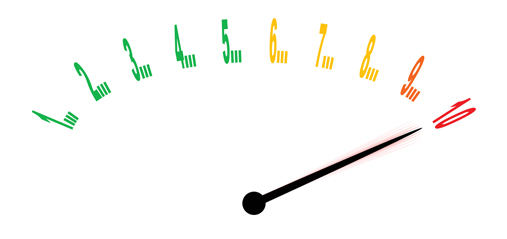About the project
A pain management algorithm was developed. The algorithm instructed nurses to assess patients´pain at least once a shift, both at rest and during turning. Further, the algorithm instructed nurses to use valid pain assessment tools. The numeric rating scale was used when patients could self-report pain. For patients not able to self-report pain, the Behavioral Pain Scale was used when patients were receiving mechanical ventilation, and the Behavioral Pain Scale-Non Intubated was used when patients were non-intubated.
Pain treatment actions were chosen based on cutoff points that defined a pain event. The algorithm was implemented in three units. Data was collected a time period after implementing the algorithm, and the same data was collected the same time period the previous year.
Objectives
- To develop a pain management algorithm for ICU patients and to evaluate the psychometric properties of the translated tools used in the algorithm.
- To implement a pain management algorithm in ICU patients and to evaluate nurses´level of adherence with the algorithm.
- To measure the impact of implementing a pain management algorithm in ICU patients.
Outcomes
- The content of the pain management algorithm is consistent with the latest clinical practice guideline recommendations. The translated tools discriminated between pain scores during turning and rest. Inter-rater reliability for the translated tools varied from fair to very good.
- Nurses´ level of adherence was 74.6%. Adherence rates were lower on the evening and night shifts compared to the day shift. Males were assessed significantly less frequently than females. Patients with the diagnose “injury, poisining, or certain other consequences of external causes” were assessed significantly less frequently than patients with “diseases of the respiratory system”.
- The number of pain assessments was higher, and duration of ventilation and length of ICU stay was significantly lower in a group of patients that were pain assessed with the algorithm compared with a group of patients that not were pain assessed with the algorithm.
Objectives
Outcomes
Background
Literature review, expert panel, and pilot testing were used to develop the algorithm. The tools were evaluated for inter-rater reliability between two nurses. Discriminant validity was evaluated by comparing pain during turning and rest. Nurses´level of adherence with the algorithm and associations between level of adherence and patient and unit characteristics were evaluated using multivariate regression analysis. The impact of implementing the algorithm, was evaluated using linear regression analysis.
Financing
- South-Eastern Norway Regional Health Authority
Cooperation
- University of California, San Fransisco
Start - finish
2011 - 2016
Publications
- Olsen BF, Rustøen T, Sandvik L, Miaskowski C, Jacobsen M, Valeberg BT. Development of a pain management algorithm for intensive care units. Heart Lung; 2015;44:521-7.
- Olsen BF, Rustøen T, Sandvik L, Miaskowski C, Jacobsen M, Valeberg BT. Implementation of a pain management algorithm in intensive care units and evaluation of nurses' level of adherence with the algorithm. Heart Lung; 2015;44:528-33.
- Olsen BF, Rustøen T, Sandvik L, Jacobsen M, Valeberg BT. Results of implementing a pain management algorithm in intensive care unit patients: The impact on pain assessment, length of stay and duration of ventilation. Journal of Critical Care; 2016; http://dx.doi.org/10.1016/j.jcrc.2016.07.011.
